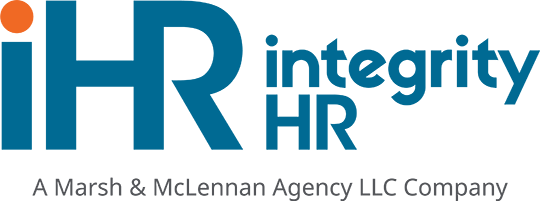Yes, it’s a few months until most are going to start thinking about OSHA 300, but just to make sure no one is falling behind out there (there are always many who are) and just to make sure you are tracking correctly, this post will cover some quick and easy OSHA 300 guidelines to make sure you’ll be doing things correctly when the time comes. We always say be proactive to avoid future problems.
Here’s a Quick and Simple Guide to OSHA 300
In a nutshell all you have to do to ensure this is done correctly is make a list of your OSHA recordable injuries in the previous year, add up some totals, make a summary sheet, and tape it to a wall.
And actually, if you’ve been good, you’ve been keeping your OSHA 300 list all year long and now you just need to do your summary – the 300a. But if you’re in the majority of folks out there, you’ve let this one sit on the back burner. It’s ok. No need to panic. Just pull together all of your First Reports of Injury and get busy. Don’t have your First Reports of Injury? Then this blog isn’t going to help much. Contact Us, and we’ll help make your life simpler.
First things first
Do you need to complete the form?
Maybe not. If you had 10 or fewer employees during all of the calendar year or your business is classified in a specific low-hazard retail, service, finance, insurance, or real estate industry, you do not have to keep injury and illness records unless the Bureau of Labor Statistics or OSHA informs you in writing that you must do so.
Here is a link to OSHA’s website which lists the industries exempt from recordkeeping: http://www.osha.gov/recordkeeping/ppt1/RK1exempttable.html .
(Remember, though, that all employers covered by the Occupational Safety and Health Act of 1970 (P.L. 91-596) must report to OSHA any workplace incident resulting in a fatality or the in-patient hospitalization of three or more employees within 8 hours.
Now, which illnesses and injuries go on the 300?
That one is a bit more tricky. Not every First Report of Injury (the OSHA 301 for, or equivalent) that is completed must go on the OSHA 300 – only those that OSHA considers to be “recordable”.
First, it must be “work–related”: An injury or illness is considered work-related if an event or exposure in the work environment caused or contributed to the condition or significantly aggravated a preexisting condition. Work-relatedness is presumed for injuries and illnesses resulting from events or exposures occurring in the workplace, unless an exception specifically applies.
This page on OSHA’s website provides some additional insight if this is still unclear:http://www.osha.gov/pls/oshaweb/owadisp.show_document?p_table=STANDARDS&p_id=9636
But, not everything work related must be recorded. You must record an illness or injury that is work relatedAND:
- is diagnosed by physician or other licensed health care professional, or
- is a case involving cancer or a chronic irreversible disease, or
- is a fractured or cracked bone, or
- is a punctured eardrum, or
- is a needlestick injury or cut from a sharp object that is contaminated with another person’s blood or other potentially infectious material, or
- requires an employee to be medically removed under the requirements of an OSHA health standard, or
- is tuberculosis infection as evidenced by a positive skin test or diagnosis by a physician or other licensed health care professional after exposure to a known case of active tuberculosis, or
- includes an employee’s hearing test (audiogram) which reveals 1) that the employee has experienced a Standard Threshold Shift (STS) in hearing in one or both ears (averaged at 2000, 3000, and 4000 Hz) and 2) the employee’s total hearing level is 25 decibels (dB) or more above audiometric zero ( also averaged at 2000, 3000, and 4000 Hz) in the same ear(s) as the STS, or
- includes medical treatment which involves managing and caring for a patient for the purpose of combating disease or disorder.
I know — that’s a long and detailed list and you may be clawing your eyes out by now trying to figure out what’s what. Some of the items are not that well-defined.
So in a couple of days just to make sure everyone is keeping up with the things that they should be, we’re going to post a list of items that are NOT considered medical treatments and are NOT recordable:
Keep an eye out for that one. You’ll probably want to print these off if you want to make OSHA 300 time a little bit easier on yourself.
Resources in this post:











